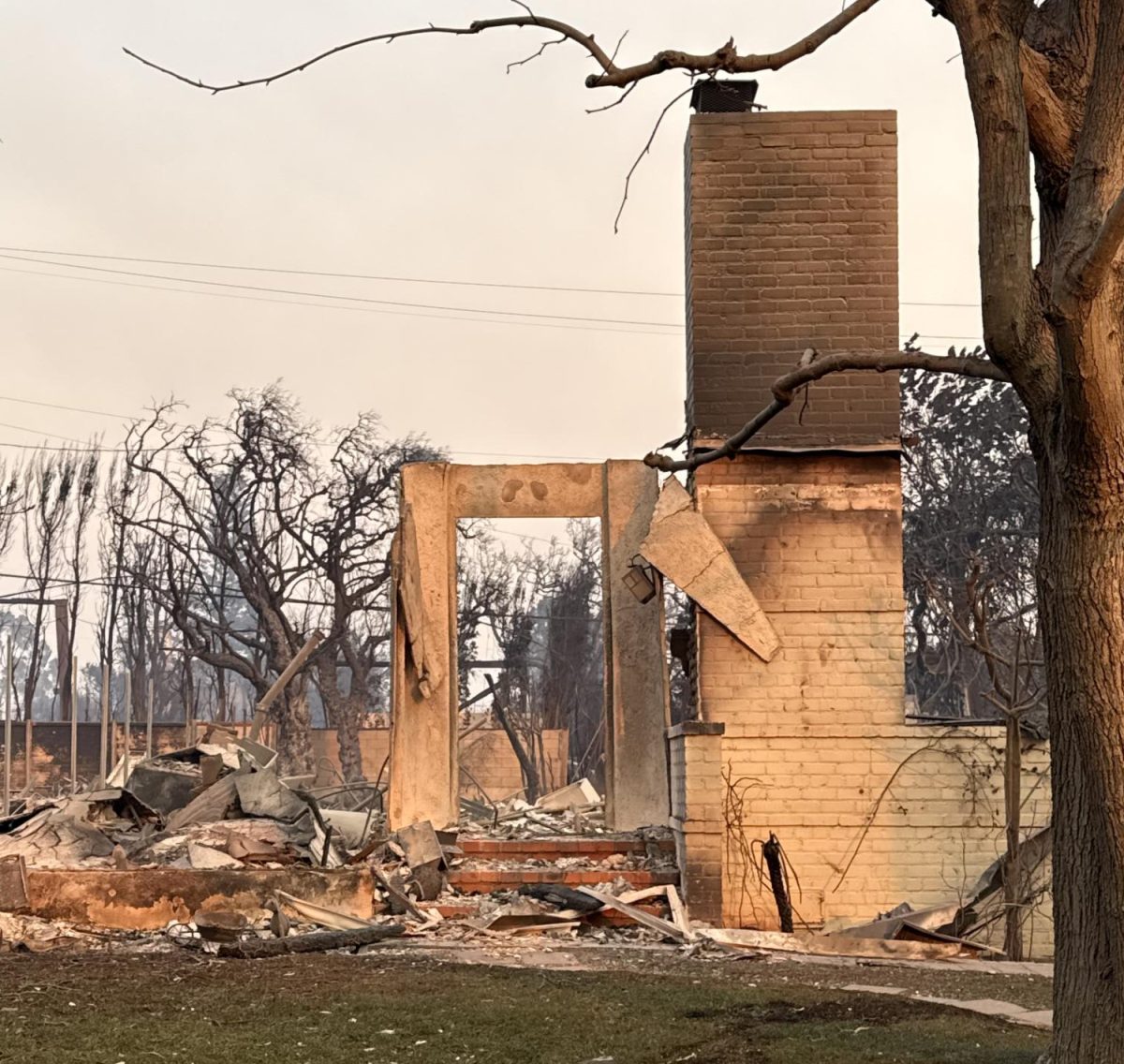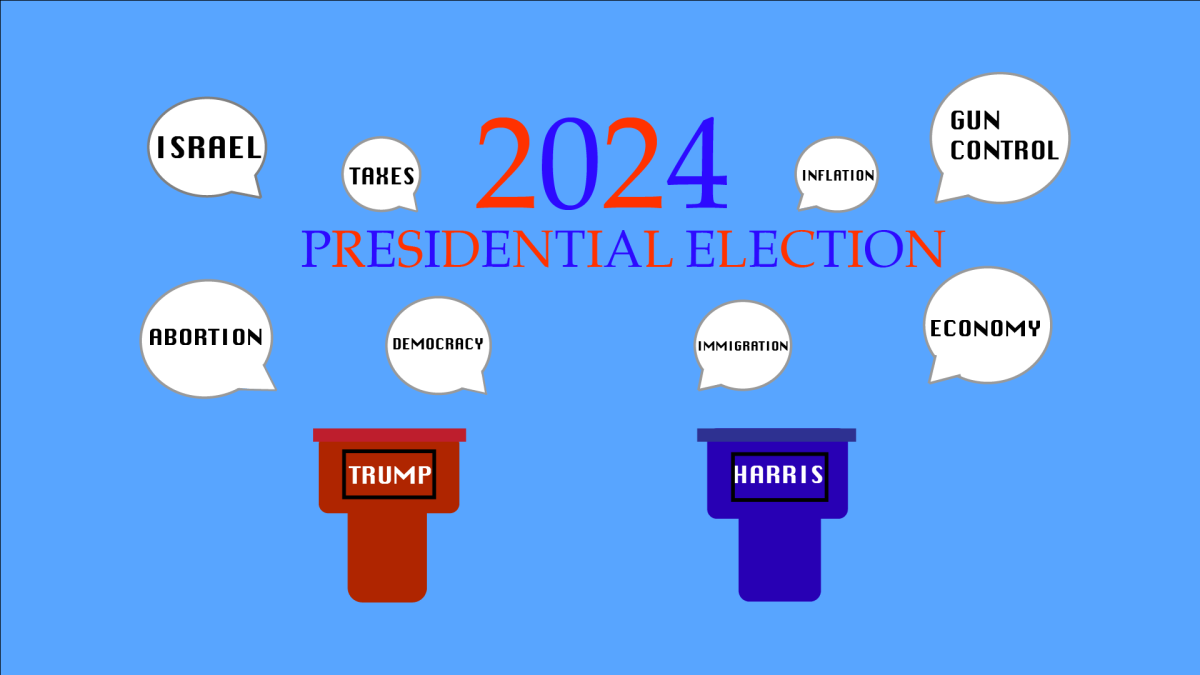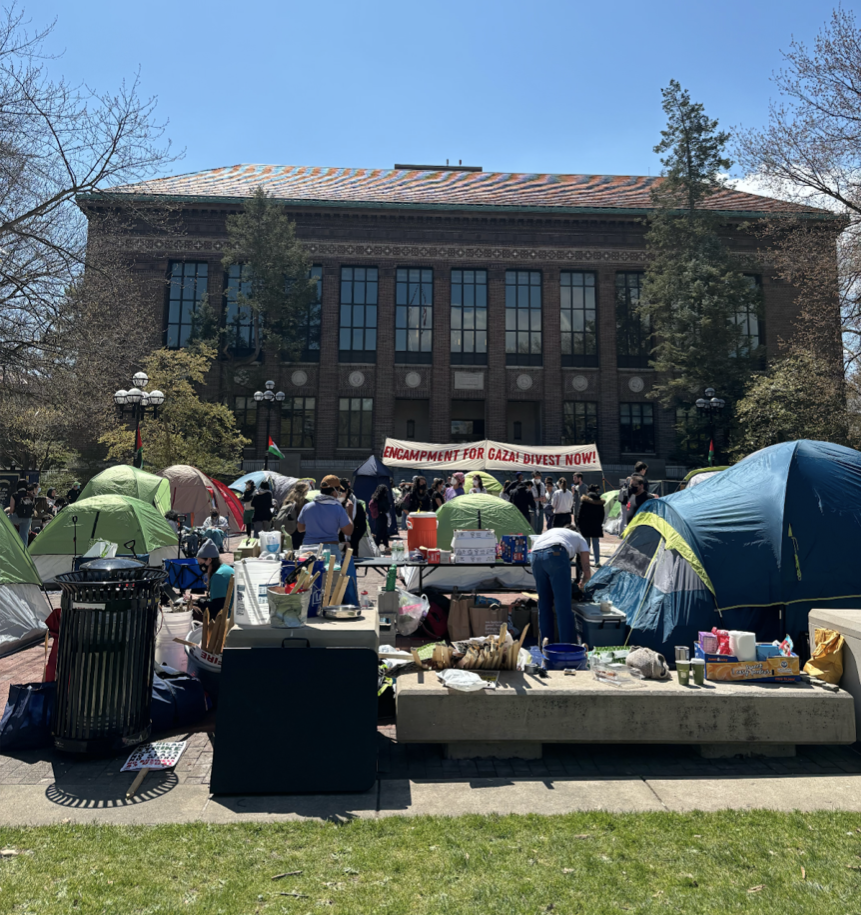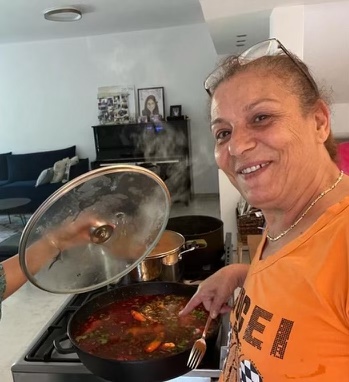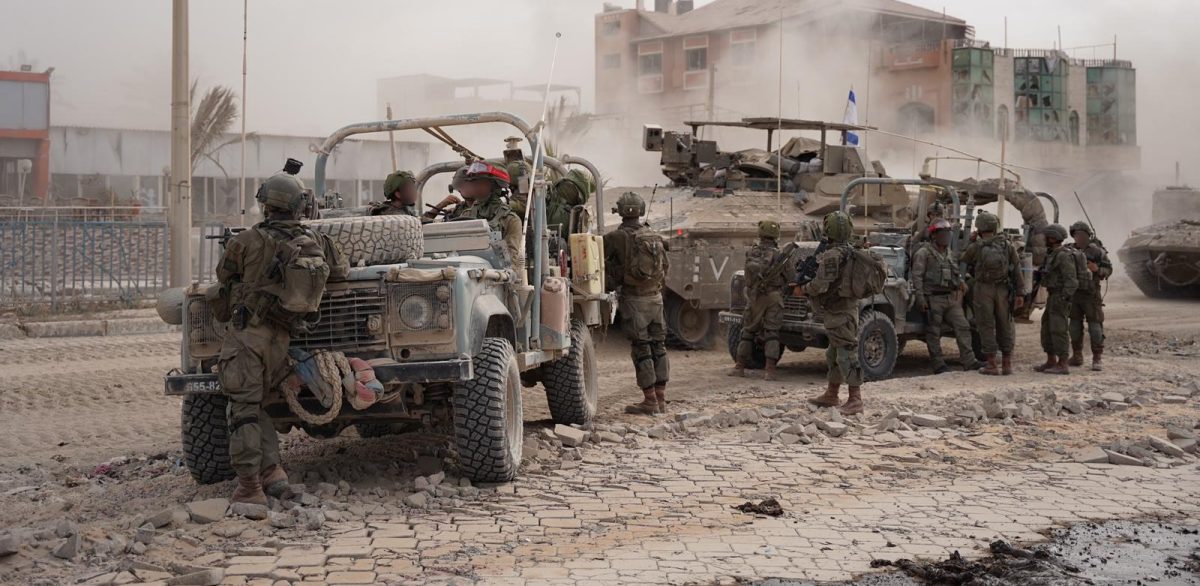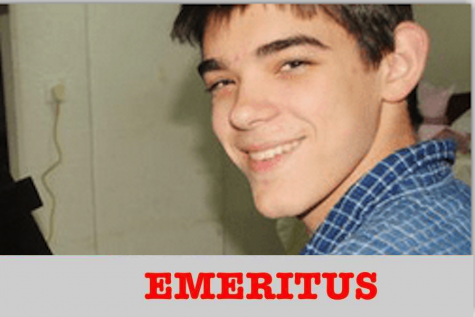“You can’t arrest an idea,” wrote a woman named Kat Knox, who was printing slogans on brightly colored bandannas. Kat made these, along with patches and armbands, from donated materials, and handed them out for free on the lawn outside Los Angeles City Hall, where she slept along with hundreds of others through most of October and November.
Kat is a member of OccupyLA, aligned with the greater Occupy Wall Street movement that protests alleged corporate control of government and calls for greater social justice. Until the last week in November, Occupy Wall Street protested by organizing large tent camps in conspicuous locations around the U.S.
In Los Angeles, about 700 protesters spread out in City Hall Park downtown for 61 days, ending Nov. 29 when police dismantled the camp. The park is bordered by First, Temple, Main, and Spring streets, and surrounds Los Angeles City Hall – a large white building with a tall central tower (imagine the Tomb of Mausolus on top of an office building) on all sides.
During visits Nov. 27 and 29, the encampment consisted of at least 100 tents of varying sizes, from single-person tents to large, family-sized tents that had been artificially extended with tarp.
According to its “Declaration of Occupation” – a list of grievances and brief overview of the L.A. movement posted on the Occupy LA website – the group aimed to call attention to “the influence of economic power on democracy,” and to create a new process to address social issues.
Critics have called the Occupy movement ideologically unorganized and heterogeneous, lacking a specific set of complaints or proposals. Members have worked to create such a list – for instance, collectively opposing the National Defense Authorization Act because it allowed indefinite detention of American citizens, and naming “separation of wealth and state” as an official objective.
Still, L.A. protesters didn’t exactly deny the charge.
“It’s a little bit loose,” said Kat, who lives in West LA. “Not everyone is here for financial issues. There are non-participants, people who like the fact we have free food and tents. [There’s a] lax feeling, like random activists.”
Central to the Los Angeles encampment were a medical tent and a food tent, where volunteers fed, cooked for, and looked after those in need of medical care. OccupyLA rented port-o-potties as well as a few sinks.
When it rained, the office of Mayor Antonio Villaraigosa provided ponchos for protesters. Others contributed in smaller ways. A homeless woman who gave her name as “Ziva International” used donated art supplies to make picket signs for protestors, while Haig Khatchikian, from Pasadena, handed out candles. Others distributed tea.
According to those who used the services, daily life was very organized.
“The first day I came down here to see if the medic tent was ready to support a brain injured, multiple chemical sensitivity, central nervous system damaged woman who was permanently disabled,” said Ziva, referring to herself.
“The way the medic tent responded made me feel like ‘Don’t I wish that government workers who are getting taxpayer-paid salaries could take care of disabled people … the way that the free medics here did.”
There were also a “children’s village,” a daycare area; a media area, tables set up near the sidewalk where an OccupyLA newspaper was distributed; and an area designated for vegetable planters. Sheila Nicholls, who normally lives with her 4-year-old daughter in Highland Park, volunteered in the Children’s Village.
“It’s been a controversial matter to have kids [staying at the tent city] or not,” said Ms. Nicholls. “You talk about sharing or greed or how it’s not fair when one person has all the cookies.”
Adults were arguably more politically engaged. The highlight of every day at the encampment was a General Assembly meeting, or GA, a daily meeting open to everyone.
Various committees made announcements, and afterwards, groups and individuals had the opportunity to raise proposals for discussion and vote. If someone from the crowd wished to speak, they would have had to inform a “stacker,” who would have assigned them a place in line.
“It’s great that they’re speaking their minds,” said LAPD Officer Charles Dickenson in an interview, as he and his partner patrolled the park. “But personally I don’t see what’s going to come of it… At the beginning, there were totally different groups here. Some were protesting abortion.”
Once or twice while Officer Dickenson spoke, passing occupiers stopped to say things like, “We love you!” and “Peace and non-violence!” But the interview ended when a fight broke out among protesters on the corner of 1st and Spring, requiring him and his partner to intervene.
On Nov. 27, a Sunday, the GA announced possible meeting locations and a planned demonstration off-site in the event of what they called a police “raid.” Then Ron Kovic, a Vietnam vet and anti-war protester, spoke, trying along with others to inspire the crowd.
While Occupy demonstrators faced harsh tactics in some places, Los Angeles seemed more welcoming. The L.A. City Council issued a declaration stating that it would support the demonstration as long as the mayor did.
“With the concurrence of the mayor…,” the declaration stated, “the city of Los Angeles stands in SUPPORT [sic] of the continuation of the peaceful and vibrant exercise in First Amendment rights carried out by ‘Occupy Los Angeles’ on the City Hall lawn.”
Mayor Villaraigosa stood by the group for almost two months, and the protesters were uncontested. However, in a press conference Nov. 25 he issued an eviction order effective 12:01 a.m. Monday, Nov. 28, saying that the encampment was not sustainable due to public health and safety concerns.
“This is a tough situation,” Mayor Villaraigosa acknowledged in a KTLA interview. “This wasn’t just any protest, it was a national -in fact, an international- protest. We believe in the First Amendment… but it wasn’t sustainable to be there indefinitely.”
In the week leading up to eviction, protesters were frightened by any police presence. Some said there were undercover cops in the camp, and some called the police presence “psychological warfare.” Most cited injuries and accusations of police brutality at Occupy protests in Oakland and at UC Davis and Berkeley.
In response, the National Lawyers Guild maintained a presence as “legal observers,” and distributed flyers informing protestors of their rights. It also promised to find defense lawyers for as many arrestees as possible, if needed.
On Tuesday, Nov. 29, 1,400 LAPD officers arrived at the City Hall lawn and evicted the members of Occupy L.A. Most left on their own, but 292 who chose to stay in the encampment were arrested. A few of them threw rocks or climbed trees, but otherwise the eviction was peaceful. Police found no drugs or weapons when they searched the camp.
“I’ve seen people get arrested and it goes quietly,” Kat had said before the eviction. “Or [other times] people will be like ‘shame, shame, shame – why are you arresting this man for playing guitar?!”

